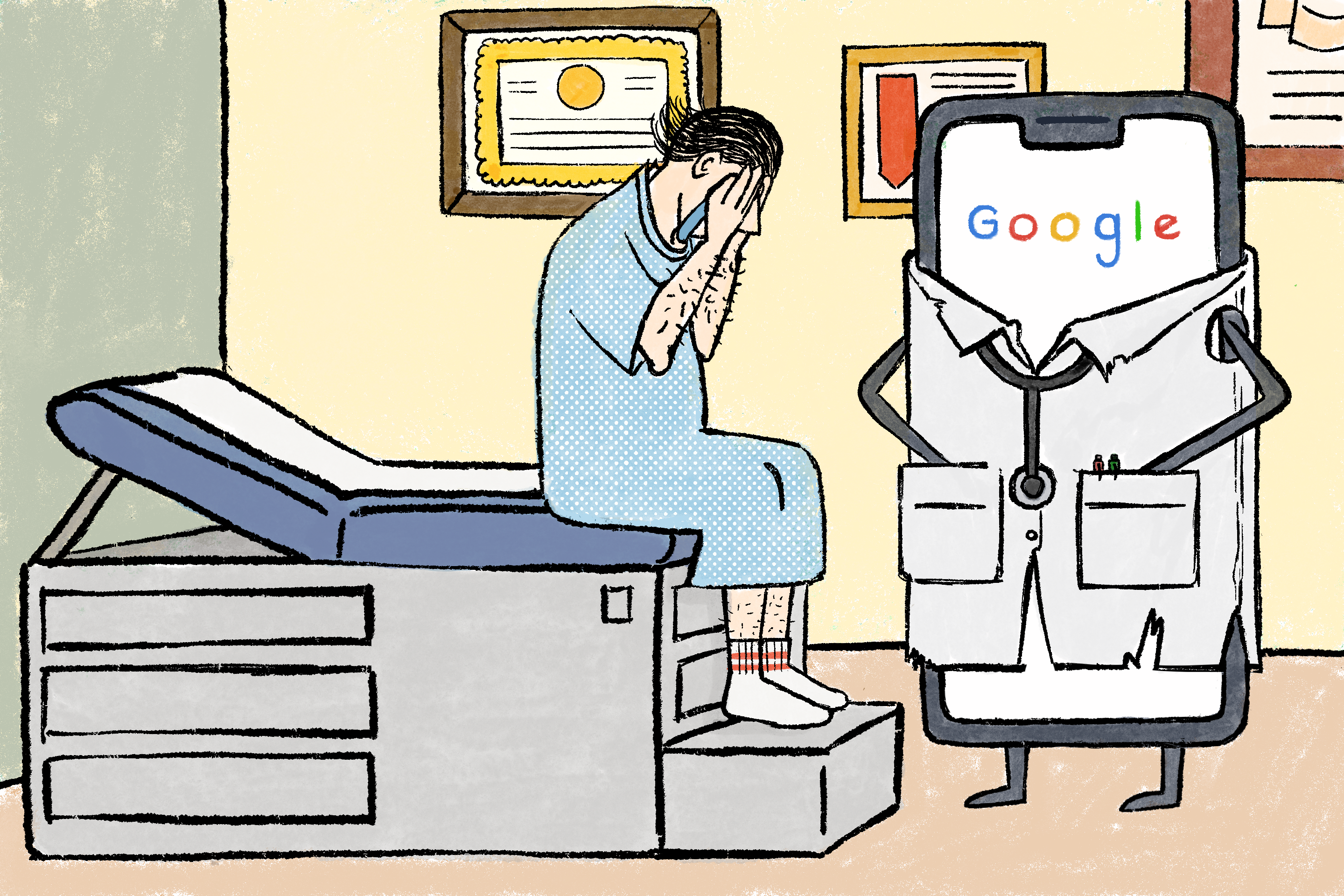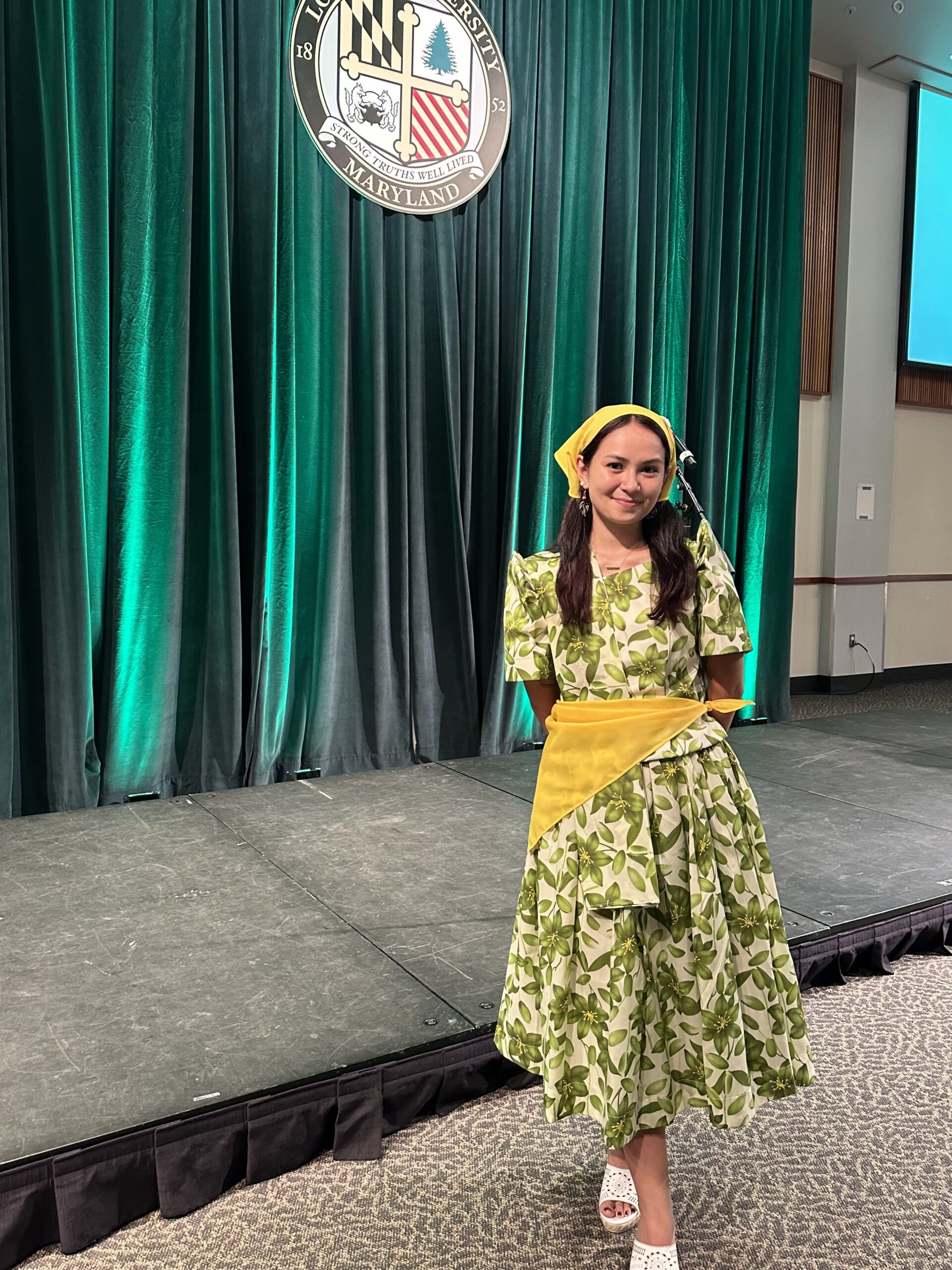This article will be critical of the self-diagnosis trends on TikTok.
Through the expansion of the internet and social media platforms, information has been more accessible than ever. In one simple search, internet users can find information on almost any topic imaginable, including disorders and illnesses. This accessibility of knowledge has led to many people on social media platforms like TikTok to identify physical and mental disorders, sparking a modern controversy in the validity of self-diagnosis.
The rise of TikTok has given people of many backgrounds and experiences a platform. TikTok creators, including practicing doctors and therapists, often post content that spreads awareness on symptoms of Attention Deficit Hyper Activity Disorder (ADHD) or Autism Spectrum Disorder (ASD). While the goal of these posts is to educate the public, viewers oftentimes relate to the symptoms described to them and, consequently, self-diagnose.
While medical and mental health professionals are typically against self-diagnosis, there are important contexts to understand why this movement is happening. Firstly, healthcare in America is not easily accessible. Getting a diagnosis with proper accommodations and potential treatment means you have to be insured. Even when you’re insured, you likely end up having to pay out of pocket for evaluations and treatment anyways. This disregards lower-income people in getting a proper diagnosis and adequate treatment.
Secondly, there is an ongoing mental health crisis in America. There’s such an abundance of people with mental health needs that hospitals all over the country are physically overflowing with these demands. In addition, there is a shortage of certified professionals. Even when people are insured, it can be very hard to find a mental health professional who isn’t burned out by their caseload which may defer patients from seeking further help and mistrusting treatment.
Another barrier specific to ADHD and ASD especially is the difficulty in getting a diagnosis as an adult. There could be many reasons someone isn’t diagnosed as a minor, such as not being insured, unawareness of symptoms by adults, neglect and so on. It’s also important to recognize that psychological research in America is often not representative and biased. ASD research, for example, is mostly from White cis-gender boys, and there is a growing amount of literature pointing to the vast differences in presentation of ASD between boys and girls. With these gaps in diversity, many girls are being professionally misdiagnosed or overlooked in the ASD conversation.
While keeping the barriers of sufficient healthcare in mind, it’s important to acknowledge the disadvantages and harm in self-diagnosis. Without the use of professional help, someone could easily misdiagnose themselves. The diagnostic process is a multi-layered one that requires a lot of time and thought from a certified professional. It takes years of schooling and earning higher level degrees to be qualified in diagnosing and treating mental health disorders. Without the proper knowledge and training, there is plenty of room for mistakes.
Misdiagnosis not only causes harm in leading someone to believe they’re something they aren’t, but it also prevents them from getting proper care. While mental disorders sometimes overlap in their similarities, the treatments are very specific to the disorder and person. Giving yourself an incorrect diagnosis can create unintended consequences when compared to seeking effective help and guidance.
Spaces such as in education and employment, official diagnosis and professional requests for accommodations are often required. Self-diagnosis does not get the proper treatment or accommodations a person may need to help function. Though accessibility is unjust, it’s a sad reality that without official diagnosis and documentation, symptoms of a disorder could get worse from lack of accommodations, therapy or medications a person may need.
So why do people self-diagnose if accommodations and treatment are out of the question? Some major reasons are the sense of belonging, acceptance and support in mental health communities on TikTok. When people are struggling to get the help and support they need, they’re able to fulfill those needs with support from online communities. These communities are often filled with tips on self-care and how to navigate healthcare. The support itself is a major reason people gravitate towards online mental health communities.
Unaddressed mental health issues can be stressful and damaging to a person, and knowing help isn’t an option can make it even worse. Though self-diagnosis can be troubling, the mental health crisis and issues with access go beyond self-diagnosis. To create lasting change requires change on a systematic level, and until peoples’ needs can be met, maybe these online communities are a helpful starting point for folks until they can get proper access to medical care and treatment.

















